Role Playing Games, or RPGs as they’re commonly referred to, have been around for the best part of 50 years now. We’re all surely aware of Dungeons and Dragons and if you weren’t around when it first appeared then the recent movie of the same name and the Netflix phenomenon, Stranger Things will definitely have piqued your interest.
Whether you’re a seasoned veteran or just getting into the genre, then the world of RPGs is a vast and wonderful one where you can be lost in your imaginations for hours and even days at a time. With this article, I’m going to be looking at the board or tabletop games that you can play with a group of like minded individuals rather than a video game or other digital entertainment. This is where the purity and beauty of the genre lies and is a rich environment for design and creation of fantastical characters and magical realms.
Enter, stage left, your 3D printer. This is where you can start to create virtually everything you’ll need to make your own RPG and all the accessories you can think of to enhance your gaming experience. Let’s start off by looking at the typical components of a good RPG set up.
The Basics
There are so many different variations to the type of game you may want to play or create so it’ll be hard to nail down on a specific subject matter or style of game. However, there are of course certain basic requirements in terms of equipment, playing pieces and boards that you can’t do without.
Let’s start at the bottom and work up so, the first thing is the board or gaming area. Options here are endless and again, only limited by you imagination. That being said, there is another important limiting factor you need to consider and that’s the build volume of your printer.
With the board or playing surface, we’re talking about using an FDM printer as that’s where you’ll get the best range in build volumes. I’m not too bothered here about height or z-axis dimensions but more with the x and y (width and depth). With a typical resin printer that you’d use at home, the x and y axis dimensions are likely to only be around 200x80mm (about 8x3 inches). Now you could use that and then print several pieces to your playing surface but this will become very labor intensive and costly. You’re also not necessarily going to need the added quality and density to your board that resin will give you. I will though be looking at resin printing later in this piece.
So, FDM printers are what I suggest and the typical build area for a standard home 3D printer is 220x220x250mm (x,y,z). Again, I’m not concerned about the z axis at this point but it will come into play later on. Of course there are FDM printers with much bigger build volumes but unless you plan on printing the majority of your items on a larger scale, then this is an investment you might need to think about before proceeding. One of the questions that people new to the hobby of 3D printing ask is “why do you need more than one printer?”. This is also a question my Wife asks me every time a new one turns up at the door! The answer is that there are many differences between brands and models of printers and one of the main ones is size. I won’t get into the details of the different printers you could have but bigger FDM printers will have a typical build volume of around 400x400x450mm (x,y,z) so you can see the possibilities.
Let’s though take a look at printing a basic, flat game board using an FDM printer. I’ll use the standard build volume as my example and therefore I’d be looking to print the board in sections that can then be fitted together for gameplay.
Looking at the printing settings and dimensions, you’ll find that the advertised build volume for the printer isn’t in practice what you’ll actually be able to achieve. We’re therefore looking here at sections of your playing surface being 200x200mm. For good strength and stability, I’d suggest a height of 15-20mm and an infill density of at least 20%. The challenge here is good print bed adhesion and protection from external inhibitors such as draughts affecting the ambient temperature around your printer. When printing something that need to be flat, any ingress of cooler temperatures caused by draughts can cause the print to lift at the corners and warp. This is obviously not ideal for a flat playing surface so try to avoid opening and closing the door to your printing room too often and try and get a printer enclosure if you can.
In terms of material, I’d suggest using PLA (Polylactic Acid) filament for all the FDM items I mention in this article. This is very easy to work with, economic to buy and comes in a vast array of colors and textures.
The design and overall size of your board or playing surface is then down to you and the details can either be printed or painted on afterwards. The great thing about using this method of sectional board in RPGs is that you can have infinite variations to the game environment. You can move certain areas of your world around as you want and therefore change the gameplay every time you play.
So, we’ve got the board or playing surface sorted. Let’s now look at playing pieces and accessories.
Playing Pieces
Again, there are a multitude of different variations here based on what type of game you’re playing, what characters are involved and how the gameplay is determined. There are again though essentials that can be perfectly 3D printed.
Dice
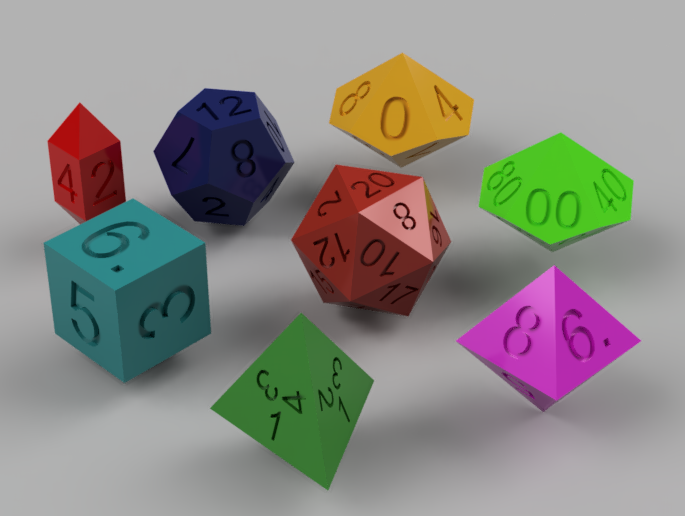
Probably the most important part of your game and certainly the things that get used the most.
The key thing with dice is that they need to have a certain weight to them. They need to roll well and not bounce around too much to give a fair roll for each player. The best option printing wise therefore would be resin in my opinion. The size of the dice lends itself well to resin printing due to the better quality and density of the print. Although it’s possible to print resin with a percentage-based infill, you’re best-off printing them solid.
Again, design variations such as number of sides and color are down to personal choice and need. However, you don’t really want to be painting dice as this will impede a correct and fair roll. There are of course dice that you can buy that will light up when rolled but I wouldn’t necessarily advise trying to 3D print this type for yourself.
Characters
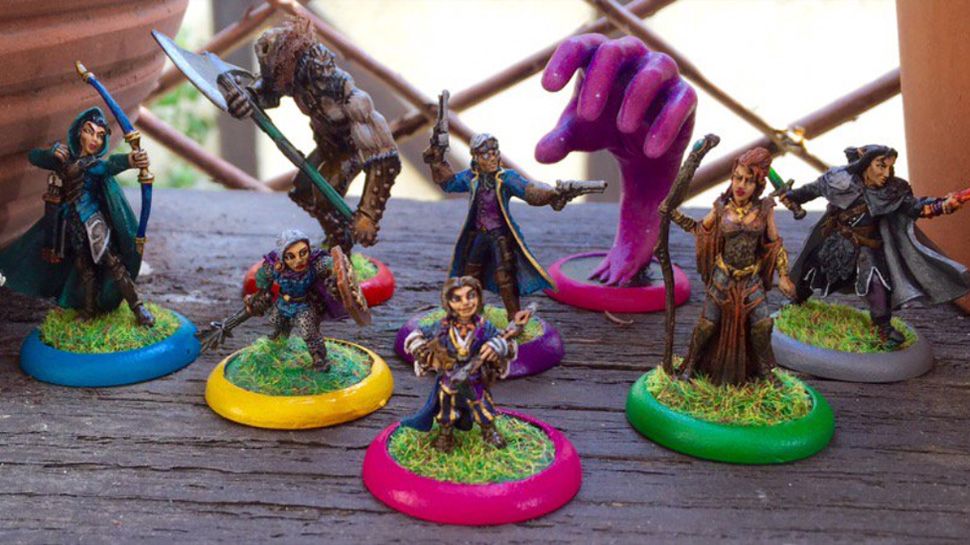
Invariably, in respect of playing characters and figures, these are going to be miniatures so we’re looking again at using a resin printer.
With a resin printer you’ll be able to achieve much more fine detail and definition to smaller parts. This is ideal for a quality look to your pieces but of course these could be painted to really make them stand out. Also, given the small size of say character pieces, you can print a few of these at the same time. As I said, the size of build volume for a resin printer is limited but there’s still enough room to add a few figures to the build plate.
Character bases
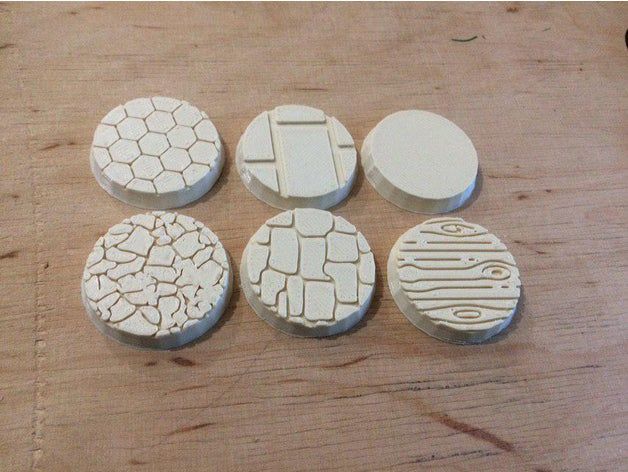
No real explanation needed as to what these are. You could of course print these as a part of the overall character print but there are times when you may want to change your base for particular characters. This may just be a cosmetic change but could also be dependent on team colors or character allegiances which might change during the game.
Also, for an authentic feel to your game, you could print the character piece bases to match the terrain of the playing surface. Not essential but it’s a nice touch all the same.
Damage and condition rings
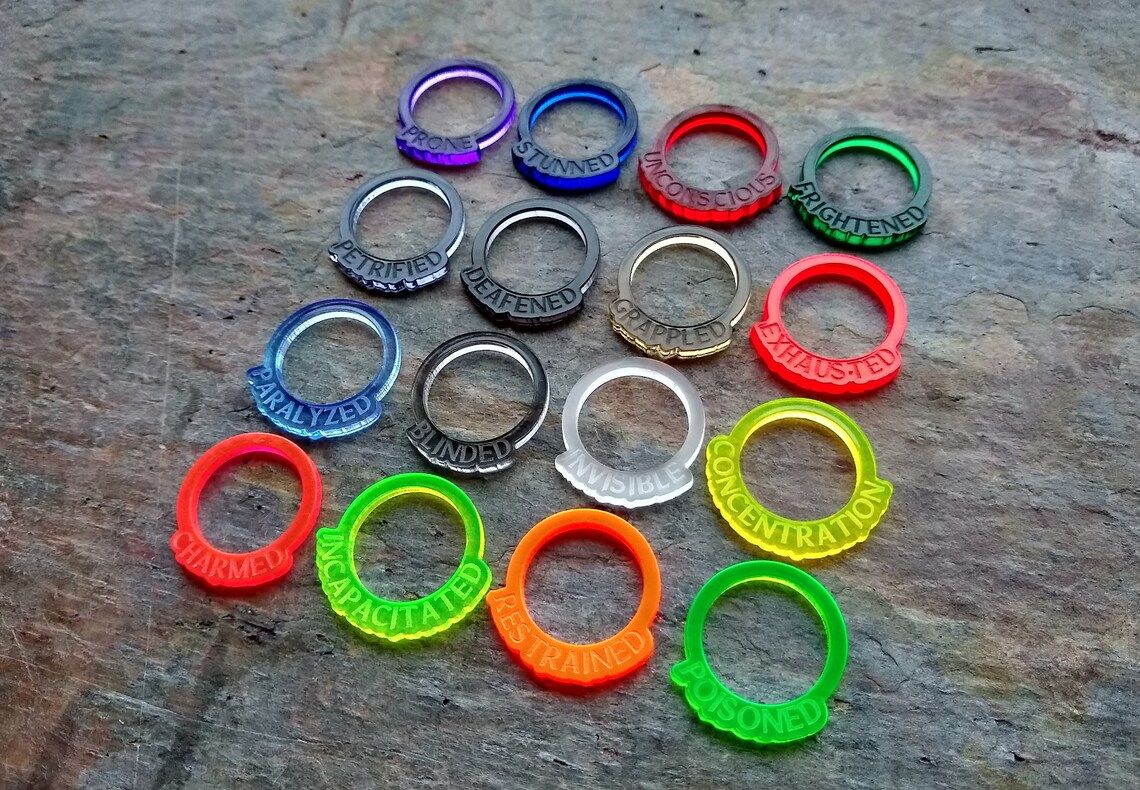
A key part of RPGs, and of course partly why you’re rolling the dice each turn, is to inflict damage onto your opponents’ characters. You can of course keep a written record of this using pen and paper but a much more visual and stylish way to do this is to have damage rings.
Damage rings are, as their name suggests, rings that fit around the bases of your character pieces and are turned or added during gameplay to show how much damage has been inflicted upon a character or what their condition has been changed to. These again are better served by resin printing but I suppose you could print them using an FDM printer. Chances are that these are going to be pretty much the same each time and you’ll need a few of them so using an FDM printer would allow printing in bulk. If so though, I’d probably recommend a 100% infill for extra strength.
Counters, Tokens and Coins
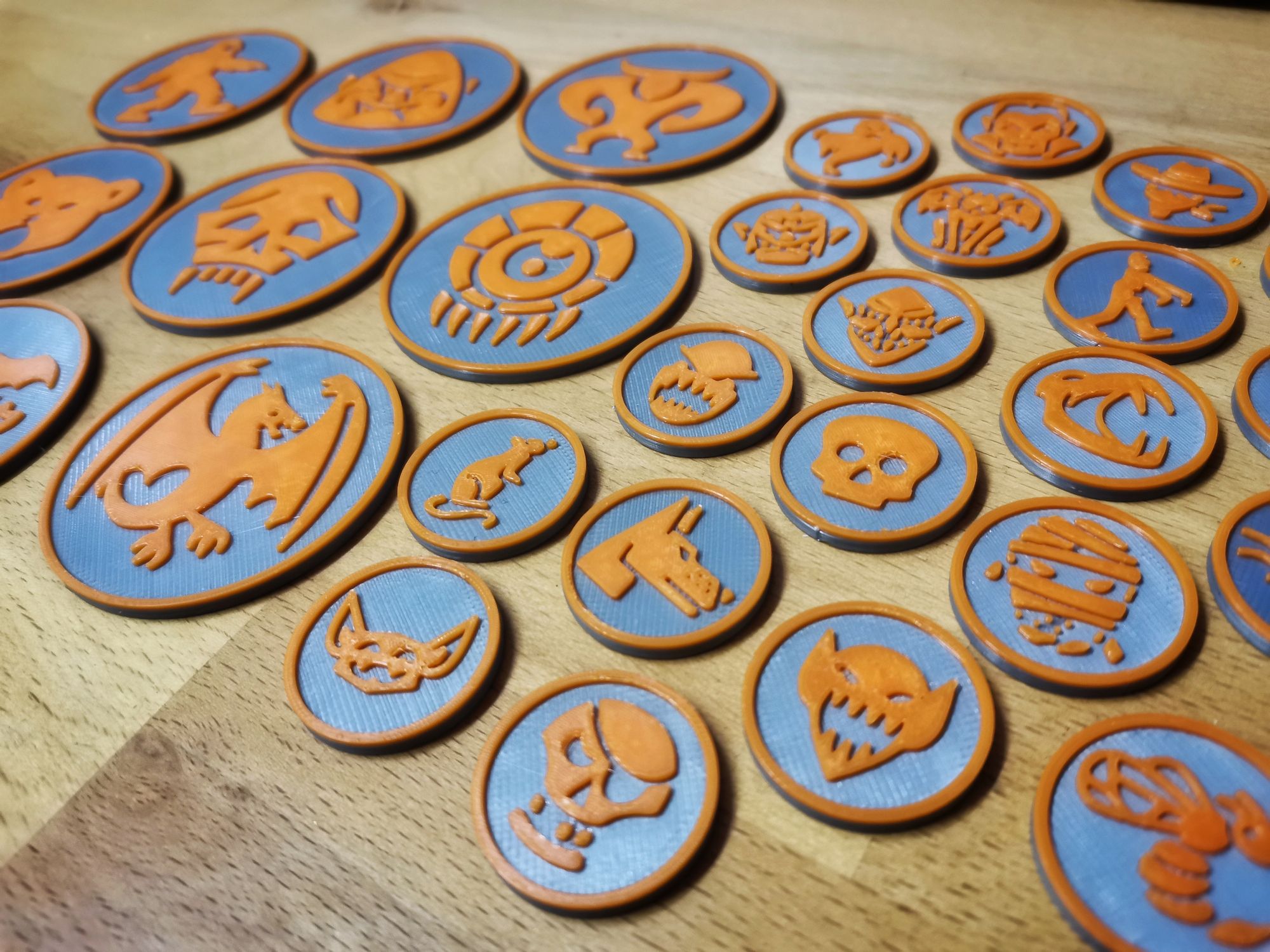
During gameplay in RPG’s you may also need to collect certain items to maybe build your wealth, experience, power and progression through the game. Of course, your trusty 3D printer can help you to produce your own custom pieces.
With these, I’d suggest maybe using an FDM printer due again to the quantity you may need for a full game, particularly if these are coins and have a monetary value within the game.
Markers
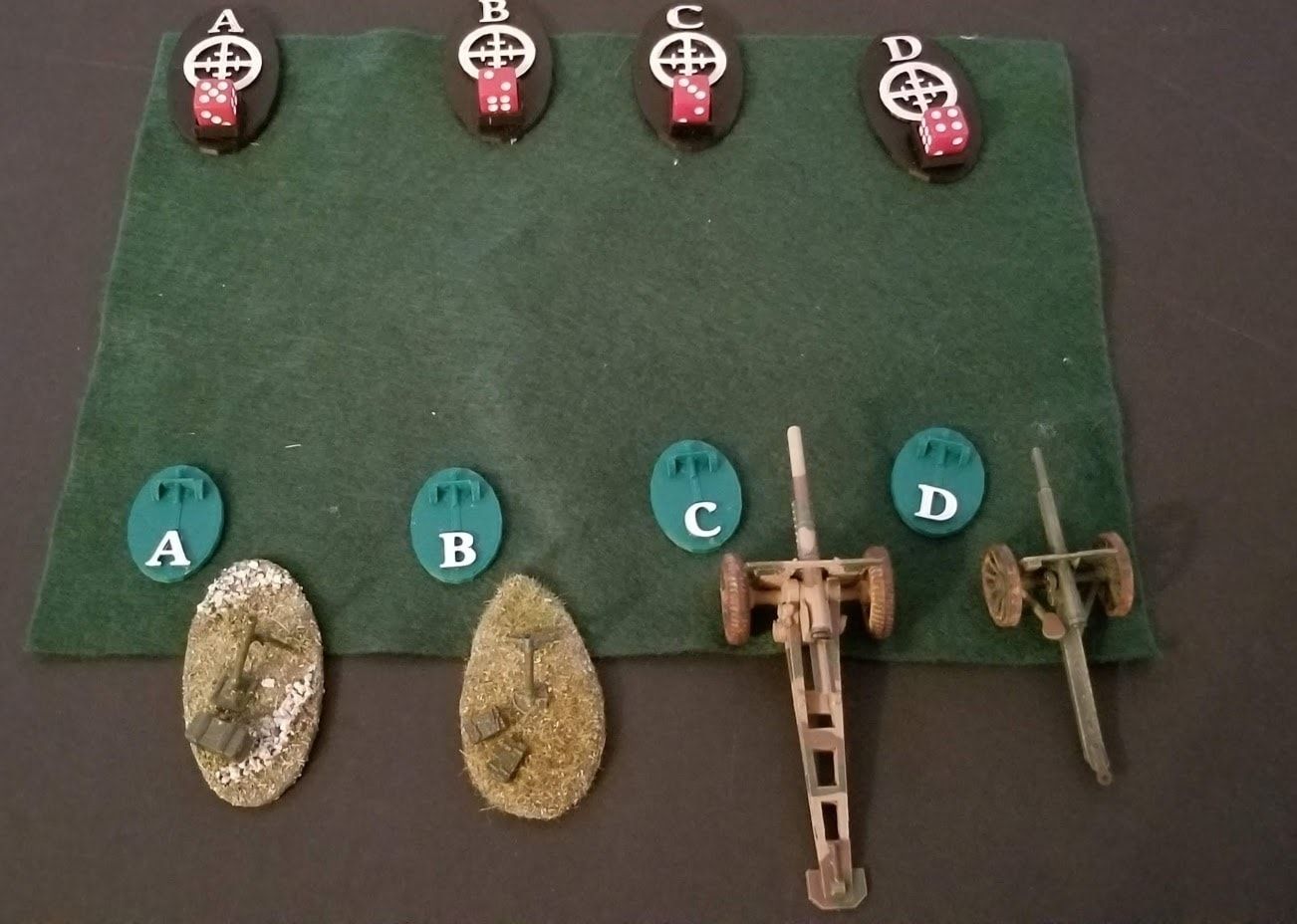
These are typically used in RPGs to indicate certain events in the game and are placed on the board, usually on a scale or area designated for it. Such events could be a particular season of the year, storms, magical events, monster attacks etc. So that all players are aware of the state of gameplay at any time, the marker is placed on the board until the event is over or changes.
You’ll probably only need maybe one or two of these so you could print a quality piece using a resin printer.
Gaming Accessories
Aside from the items I’ve already mentioned, there are of course some other bits and pieces that will enhance your gaming experience, look great and can improve the smoothness and transition of play. Let’s have a look now at some of these accessories.
Dice Towers
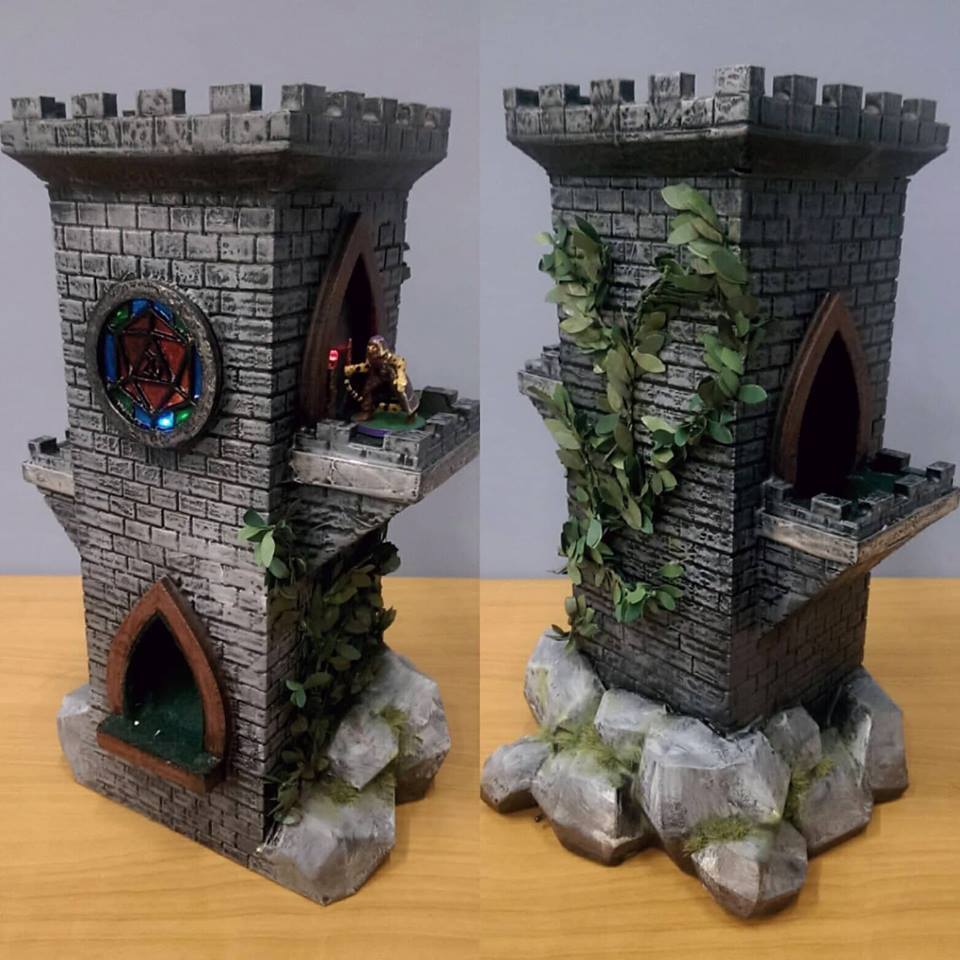
These can be a great addition to any dice-based game and particularly for RPGs. You’ll also find these to be a very popular project for 3D printing enthusiast even if they’re not particularly into gaming. The reason for this is the diverse number of designs that can be made and the challenge to make them as interesting and intricate as possible.
For those of you that don’t know, a dice tower is a model that can either be placed on the playing area (usually in the center) or passed around to each player on their turn. Players put the dice into the opening at the top of the tower and these then exit at the base into a tray to complete the dice roll. The intricacy comes in the form of what is hidden inside the tower to agitate and divert the course of the dice. Designs can obviously be based on any theme but in the case of RPGs, it’ll usually fit into the scenery and theme of the game.
Imagine the look of your game board with maybe a castle tower or even a mystical mountain at the center in which you put the dice. Not only functional but a great look as well. The other advantage of a dice tower of course is to ensure fairness and regularity of dice rolls by different players.
Ideally I’d suggest using an FDM printer for this as you’ll get better size options and it’ll also allow for the hollow nature of the tower.
Dials
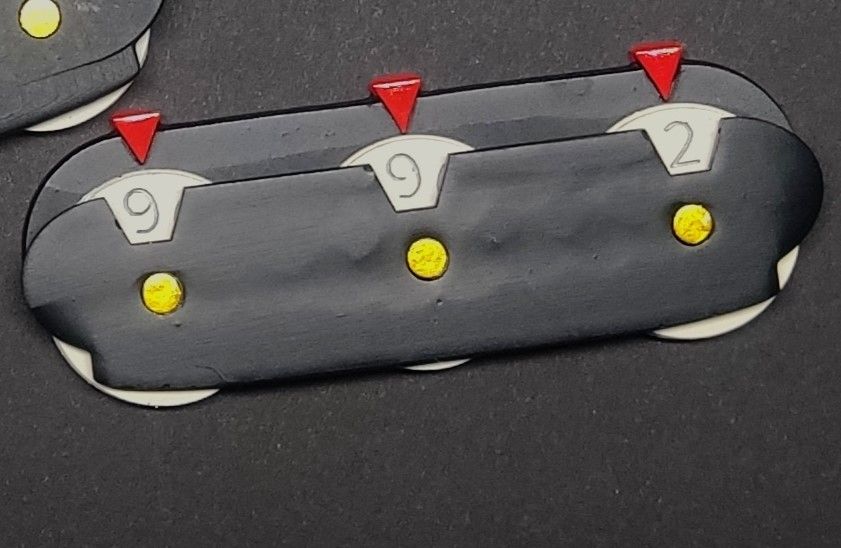
This can be a bit more of a tricky print as you’ve got moving parts involved. It is of course possible to 3Dprint such items but they’ll need some clever design skills and assembly afterwards.
Dials are used in a similar way to both markers and damage rings and indicate what’s happening in the game as a whole. This kind of “stats” would relate more to groups of people like your army or villagers for instance and could involve keeping track of things like food, population, fuel and morale.
Depending on the complexity of the dial, 3D printing of this type of accessory could be done with either type of 3D printer. For smoothness of operation and quality though, I’d probably go with resin myself.
Game Timer
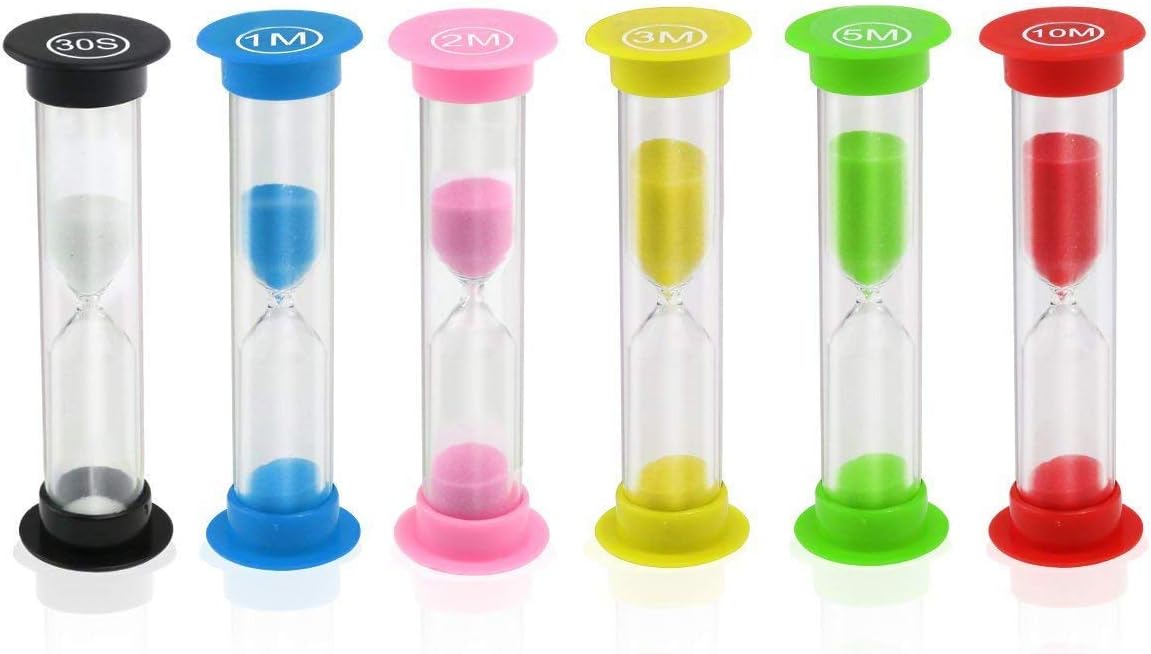
This is a bit of a tricky one again as you’re mostly looking at an hourglass style of timer for authenticity. You could theoretically print the glass itself but it would probably be easier and cheaper to buy a simple, plain one. You could then 3D print a holder or frame for the timer you’ve bought which fits in with your game’s feel and style.
You could therefore use either resin or FDM but my suggestion would be FDM in this case. There are some great wood and metal effect PLA filaments available which will give an authentic and rustic feel to your timer.
Scenery and Buildings
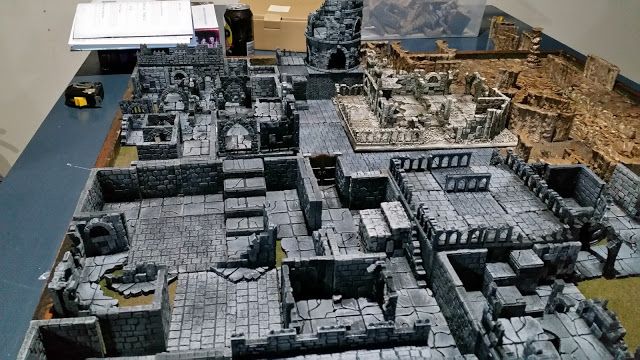
This kind of takes us back to our playing board or surface and allows you to really bring a three-dimensional feel to your RPG. If you’ve printed a dice tower and have this at the center of your board, you can then expand on this idea by adding buildings and other scenery to the terrain.
Obviously you don’t want to overcrowd the playing area with too much stuff that get’s in the way of the actual gameplay but adding texture and depth to the overall terrain can definitely bring and added extra to your game.
3D printed buildings and scenery are best printed by FDM as detail doesn’t necessarily need to be that intricate and painting can play a big part in bringing them to life.
Other Considerations
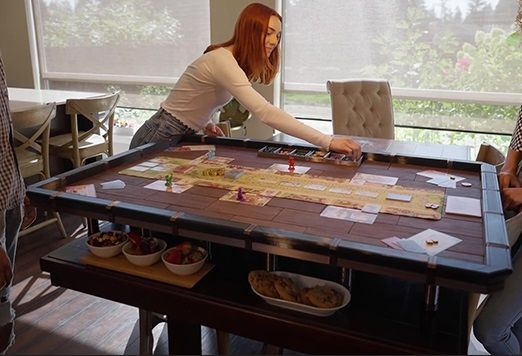
In terms of gameplay itself there are a few other things that you could 3D print in order to enhance your RPG gaming experience.
Undoubtedly, you’ll be playing around a table with the playing area or game board in the center. If you’ve got a particularly large playing area then this can limit the amount of space players have to keep things like tokens, coins and character cards. You may also need extra space for the aforementioned dials and game timer to be placed. Therefore, it may be worth considering some sort of riser or platform for your gaming area. This will lift the area above the level of the table and therefore allow for the bits and pieces I’ve mentioned to be placed underneath. This is also a great way of shielding any information or gaming strategy you may want to note and keep from your opponents.
How you go about designing these supports for your board will depend on how the boards has been printed or made. For Instance. If it’s a one-piece set up then you may only need to use a few supports at the corners and middle. If it’s been printed in the way I suggested with sections that fit together, then each of these parts will need it’s own set of supports.
These are eminently possible to 3D print and I would suggest using an FDM printer for strength, size and stability.
Other 3D printable options could include tokens and counter holders, dice cups, card holders and dice storage. You could even 3D print an entire storage system to keep your game equipment safe when not in use.
Whatever you choose to 3D print and whether that’s all of the things I’ve covered or just some of them, adding your own custom touch to your RPG experience is certainly going to enhance it for you and your fellow players.


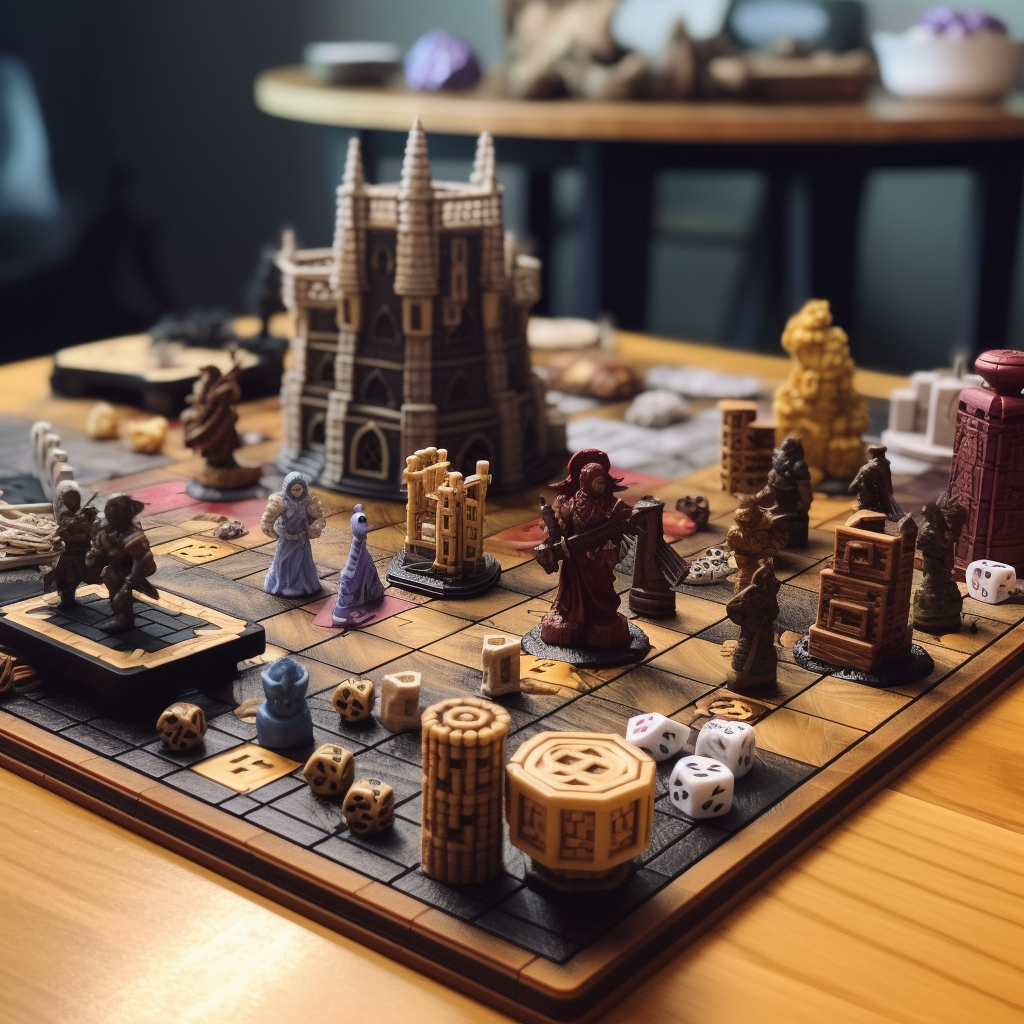



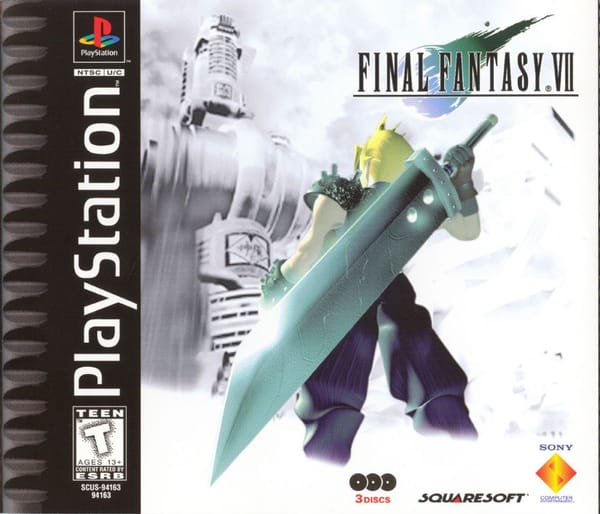

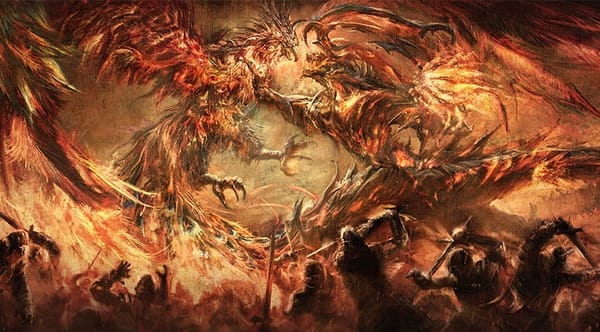
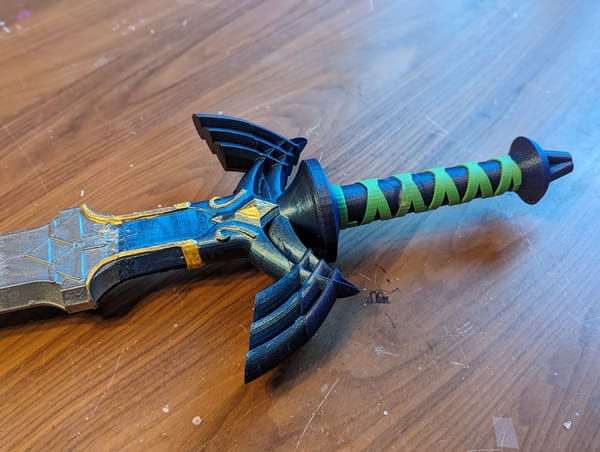
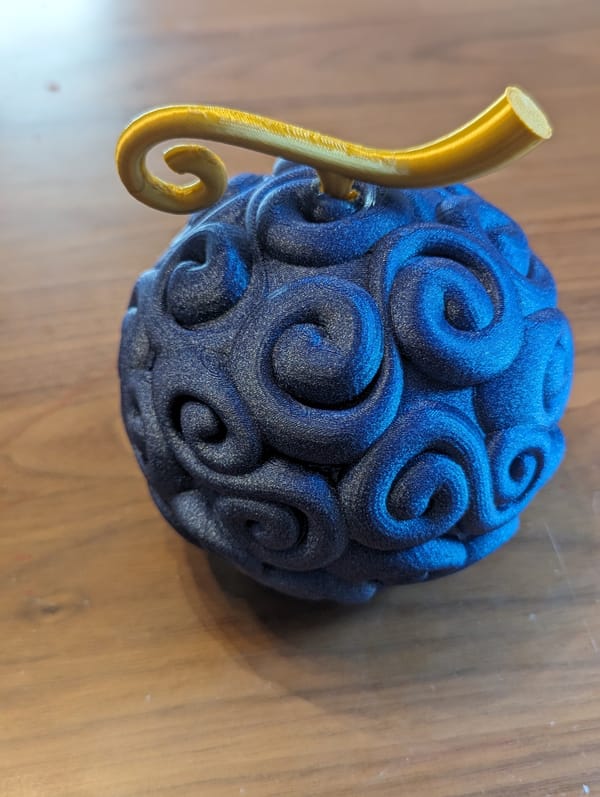
Member discussion